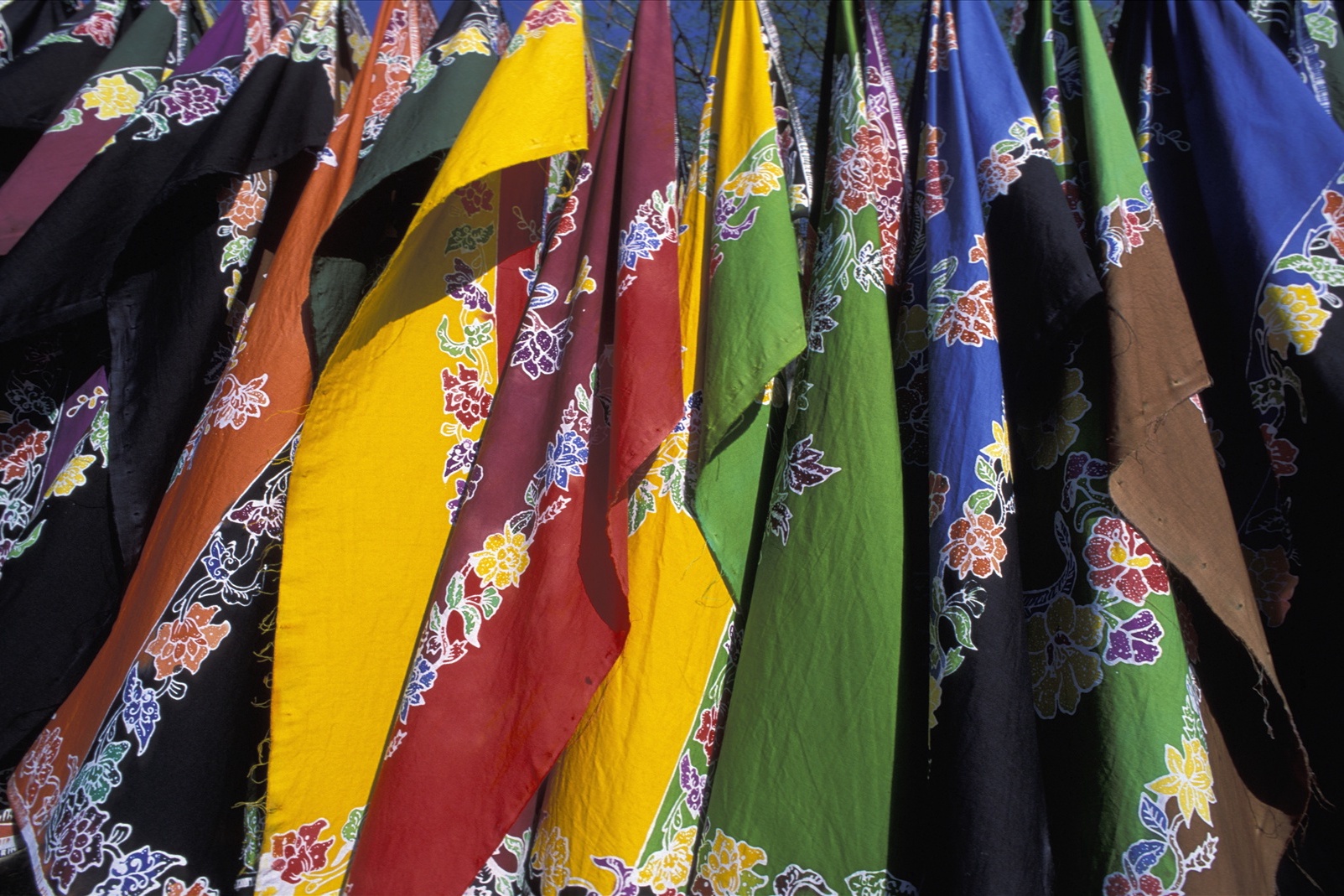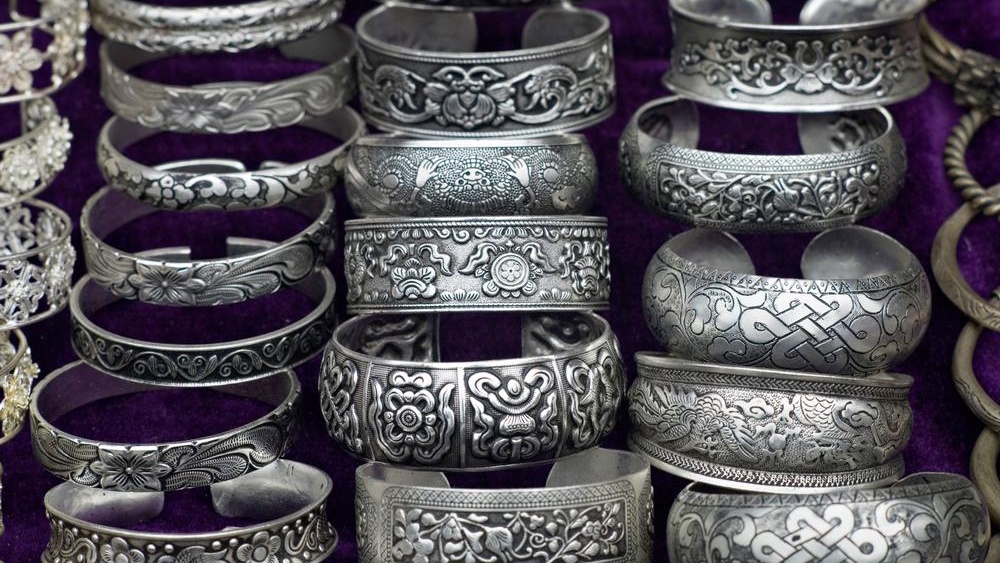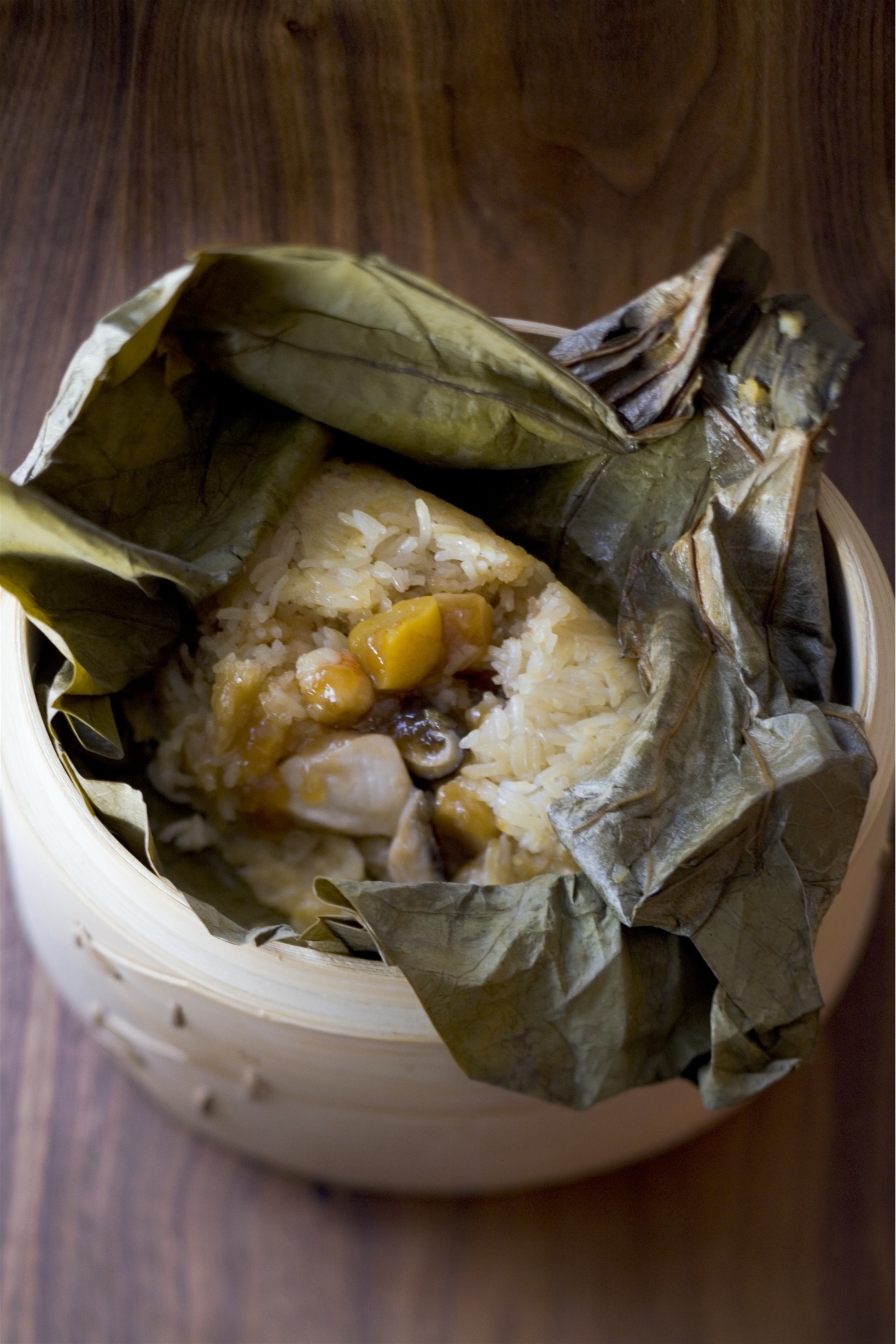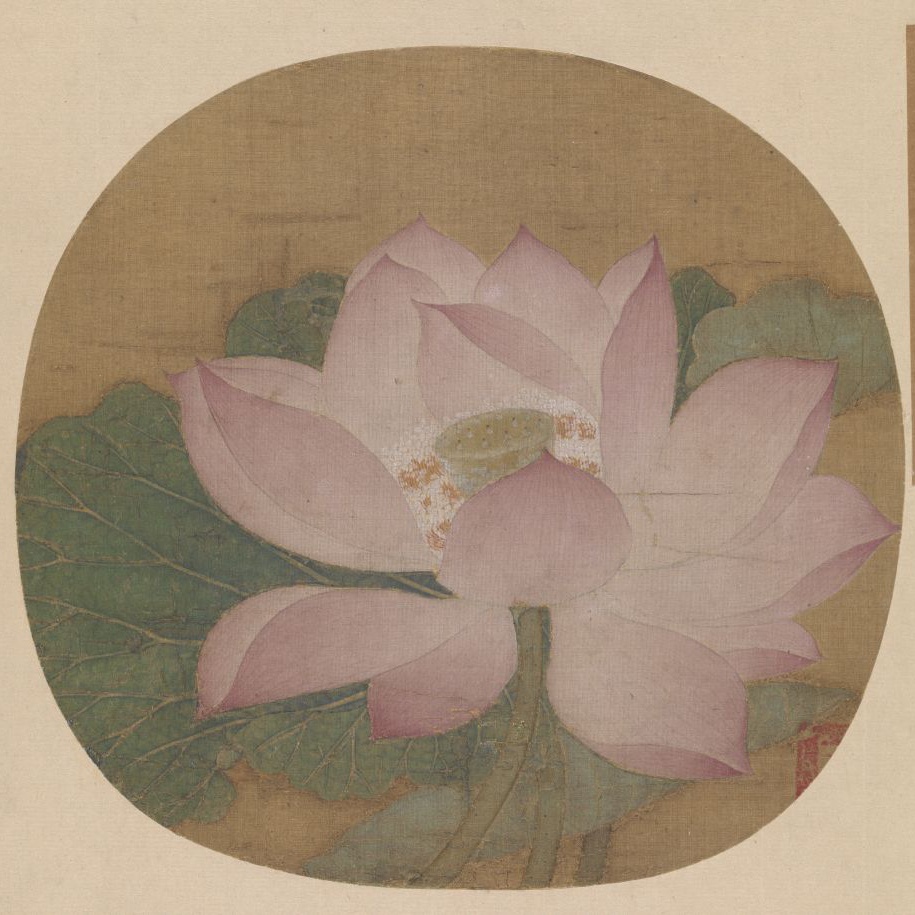Lotus and Culture

Batik, also known as wax printing, is one of the three ancient Chinese handicraft methods of producing dyed, multi-colored textiles via a process which prevents the dye from reaching certain (chosen) parts of the fabric. China has a long history of batik production dating back to the sixth century. While adhering to the traditional ancient plant dyeing, batik handicraft skillfully blends traditional Chinese painting techniques to create a unique freehand painting of batik lotus. This makes the batik softer, more natural, and more in line with the traditional aesthetic standards of Chinese people. In addition, it is of far-reaching significance and closer to life, hence giving pleasure to all.
Lotus and Folk-customs
China fosters the deep relationship between lotus and culture. As lotus is regarded as the gentleman of flowers in China, it represents the ideal personality of this ancient oriental nation. It is difficult to make lotus ornaments for the made-up articles may be more alike in shapes instead of in spirit.
In ancient Chinese folk society, there were traditions that to see someone off in spring with plum twigs and to cherish the memory of someone with lotus in autumn. With the moral of purity, constancy and auspiciousness, lotus has always been the symbol of peace, harmony, cooperation, unity, and solidarity. Even if in a dirty environment, it can keep clean and maintain its virtue, resembling what a gentleman should do.
Silver Accessories

Wearing lotus-pattern accessories is the best way to tell the owners’ aesthetic taste and personality traits, as well as showing their appreciation of gentleness, spiritual pursuit, and laudable morals.
As various works reflect the thousands of years of history of Chinese civilization and traditional culture, fine lotus artworks are more gorgeous and meaningful. The auspicious meaning and elegance of lotus are passed down from generation to generation as a treasure of Chinese art.
Lotus accessories are always ideal for self-use to cater for own taste or giving as a gift to relatives and friends to express the earnest blessing.
Lotus and Delicacies
Lotus is closely bounded up with Chinese people’s life. For the sake of survival, people had to collect wild fruits to allay the hunger in ancient times. Soon they discovered that the fruits, seeds and roots of “lotus” were not only edible, but also sweet, fragrant and delicious. Gradually, “lotus”, a source of food for human survival, was deeply imprinted in the hearts of our ancestors, the primitive humans. It also got the symbolic significance of human survival. With the emergence of farming culture until the Neolithic Age in 5,000 or 6,000 BC, people began to have some further understanding of lotus. For the demand for life water, they generally settled in riverbanks or swamps with natural springs where wild lotuses flock to. From the unearthed cultural relics of house foundation from “Yangshao Culture” in Dahe Village, north of Zhengzhou City in Henan Province, it was found that there were carbonized grain and two lotus seeds which can be traced back to 5,000 years ago. In unceasing daily farm work, people have accumulated rich perceptual knowledge of lotus in terms of its growing habits and living environment, laying a solid foundation for the development of lotus culture in ancient China.
“Mandarin Ducks” with Lotus in Bodies
A dish named “He Qu” (the fun of lotus) is the most typical lotus-themed delicacy which consists of four couples of “mandarin ducks” romping on a pond framed by colorful jam. The snow-white bodies of these ducks are actually made from minced shrimps and lotus roots, and their tails are actually shrimp tails. The feathers on the wings and head are embellished with trimmed carrots and lotus leaves.
Steamed Chicken in Lotus Leaves

As a Huaiyang cuisine, the Steamed Chicken in Lotus Leaves is a traditional specialty of Jiangsu Province which is mostly served in summertime. Featuring invigorating properties, the dish with tender chicken is tasty and nutritious. Taking chicken breast meat as main material, the dish is steamed with lard, boasting a soft taste, refreshing and not stogy.
Folk songs of the Han Dynasty once extolled lotus that “Time to gather lotus in the Yangtze Valley, as lotus leaves are fair and lusty.” When it comes to autumn, the time when lotuses are in full bloom, seedpods of lotus will give off fragrant and lotus roots will be ripe, stout and toothsome. For thousands of years, lotus that has been adored by countless literati not only fascinates people’s eyes, but also whips up the appetite of foodies, showing its unique beauty between “ornamental value” and “palatable taste”.
All parts of the lotus are valuable. Lotus leaves, stamen, seeds, stems, lotus plumule, lotus roots, and even the nodes of lotus roots can be used as medicine, especially lotus leave, which is regarded as the must-have for summer health preservation.
Lotus and Art
Lotus Dance
Lotus dance is deemed as one of the folk dances in China. The “Lotus dance” that enjoys great prestige in the world and has been incorporated in the Chinese Classic Dance of 20th Century derives right from Qingyang, Gansu Province.
“Lotus Dance”, originally called “Yunduozi”, “Diyouzi”, and also known as “Yunyingzi” and “Diyunzi”, has got such names as “Paohuadeng” and “Lianhuadeng” as time went by. Originating from the worship activities and sacrifice rites of ancient Zhou Clan, lotus dance became a sort of sorcery to “pray for rain” with the emerging of Chinese sorcery culture. The Taoist culture-prevalent Xifeng District houses a slew of temples. On every occasion of temple fairs or Spring Festival, local Shehuo performance teams would stage “Yunduozi” as a long-term reserved entertainment of ancient Chinese folk art Shehuo.
Lotus-themed Ink Wash Painting

Lotus flowers have become popular flowers in China with their symbol of beauty, love, longevity, and sanctity. Therefore, they are popular subjects in Chinese paintings. Since ancient times, lotus painters and masterpieces have emerged in an unending flow, such as The Lotus by the Qing Dynasty artist Shi Tao, Lotus and Stones by Zhu Da, Autumn Lotus by Qi Baishi, Colorful Lotus by Zhang Daqian, and Fun of Lotus by Shi Lu. All of them have depicted the characters of lotus from different angles and integrated the self spirit of lotus culture, enabling us to experience the artist’s spirit of continuous exploration in art inheritance and transformation when appreciating various schools and styles of renowned lotus paintings.



